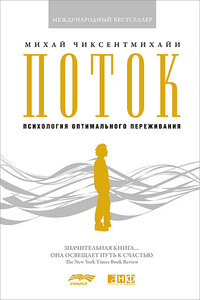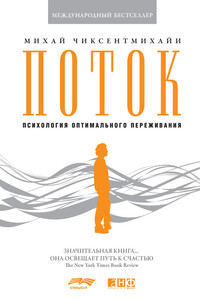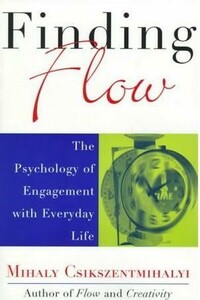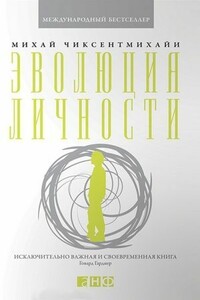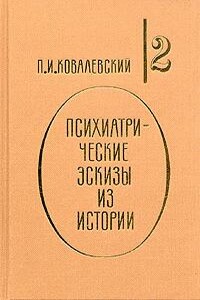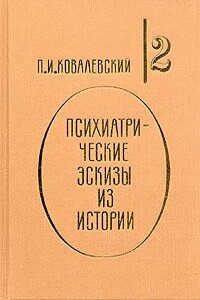Бегущий в потоке. Как получать удовольствие от спорта и улучшать результаты - страница 130
Baumann N. Autotelic personality. In: S. Engeser, S. Engeser (Eds.),Advances in flow research.N.Y.: Springer Science + Business Media, 2012, 165–186. doi:10.1007/978-1-4614-2359-1_9.
Baumann N., Scheffer D. Seeking flow in the achievement domain: The achievement flow motive behind flow experience.Motivation and Emotion. 2011, 35(3), 267–284. doi:10.1007/s11031-010-9195-4.
Boecker H., Sprenger T., Spilker M.E., Henriksen G., Koppenhoefer M., Wagner K.J., Valet M., Berthele A., Tolle T. R. The Runner’s High: Opioidergic Mechanisms in the Human Brain.Cereb. Cortex.2008, 18(11), 2523–2531. doi:10.1093/cercor/bhn013.
Csikszentmihalyi M. Toward a psychology of optimal experience. In: L. Wheeler (Ed.),Review of personality and social psychology. Beverly Hills: Sage, 1982, 2, 13–36.
Csikszentmihalyi M., LeFevre J. Optimal experience in work and leisure.Journal of Personality and Social Psychology.1989, 56(5), 815–822.
de Manzano Ö., Theorell T., Harmat L., Ullеn F. The psychophysiology of flow during piano playing.Emotion.2010, 10(3), 301–311.
Dietrich A. Neurocognitive mechanisms underlying the experience of flow.Consciousness and Cognition: An International Journal. 2004, 13(4), 746–761. doi:10.1016/j.concog.2004.07.002.
Dietrich A., Sparling P.B. Endurance exercise selectively impairs prefrontal-dependent cognition.Brain and Cognition. 2004, 55(3), 516–524. doi:10.1016/j.bandc.2004.03.002.
Dietrich A., Stoll O. Effortless attention, hypofrontality, and perfectionism. In: B. Bruya, B. Bruya (Eds.),Effortless attention: A new perspective in the cognitive science of attention and action.Cambridge: MIT Press, 2010, 159–178.
Dietrich A., Audiffren M. The reticular-activating hypofrontality (RAH) model of acute exercise.Neuroscience and Biobehavioral Reviews.2011, 35, 1305–1325.
Engeser S., Schiepe-Tiska A. Historical lines and an overview of current research on flow. In: S. Engeser, S. Engeser (Eds.),Advances in flow research. N.Y.: Springer Science + Business Media, 2012, 1–22. doi:10.1007/978-1-4614-2359-1_1.
Garfield C.A., Bennett H.Z. Peak performance: Mental training techniques of the world’s greatest athletes. Los Angeles: Tarcher, 1984.
Hamilton J.P., Farmer M., Fogelman P., Gotlib I.H. Depressive rumination, the default-mode network, and the dark matter of clinical neuroscience.Biological Psychiatry. 2015, 78(4), 224–230.
Hoff B. Tao of Pooh. N.Y.: Penguin Group, 1982.
Jackson S.A., Ford S., Kimiecik J.C., Marsh H.W. Psychological correlates of flow in sport.Journal of Sport and Exercise Psychology.1998, 20(4), 358–378.
Jackson S.A., Csikszentmihalyi M.Flow in sports.United Kingdom: Human Kinetics, 1999.
Jackson S.A., Roberts G.C. Positive performance states of athletes: Toward a conceptual understanding of peak performance.The Sport Psychologist. 1992, 6(2), 156–171.
Jackson S.A., Marsh H.W. Development and validation of a scale to measure optimal experience: The Flow State Scale.Journal of Sport and Exercise Psychology. 1996, 1817–1835.
Keller J., Bless H. Flow and regulatory compatibility: An experimental approach to the flow model of intrinsic motivation.Personality and Social Psychology Bulletin.2008, 34, 196–209. doi:10.1177/0146167207310026.
Landhäußer A., Keller J. Flow and its affective, cognitive, and performance-related consequences. In: S. Engeser (Ed.),Advances in flow researchN.Y.: Springer Science + Business Media, 2012, 65–85. doi:10.1007/978-1-4614-2359-1_4.
Loehr J.E. How to overcome stress and play at your peak all the time.Tennis. 1984, March, 66–76.
Masters R.S.W. Theoretical aspects of implicit learning in sport.International Journal of Sport Psychology.2000, 31I, 530–541.
Masters R.S.W., Polman R.C.J., Hammond N.V. ‘‘Reinvestment”: A dimension of personality implicated in skill breakdown under pressure.Personality and Individual Differences.1993, 14, 655–666.
Maxwell J.P., Masters R.S.W., Eves F.F. From novice to know-how: A longitudinal study of implicit motor learning.Journal of Sports Sciences.2000, 18, 111–120.
